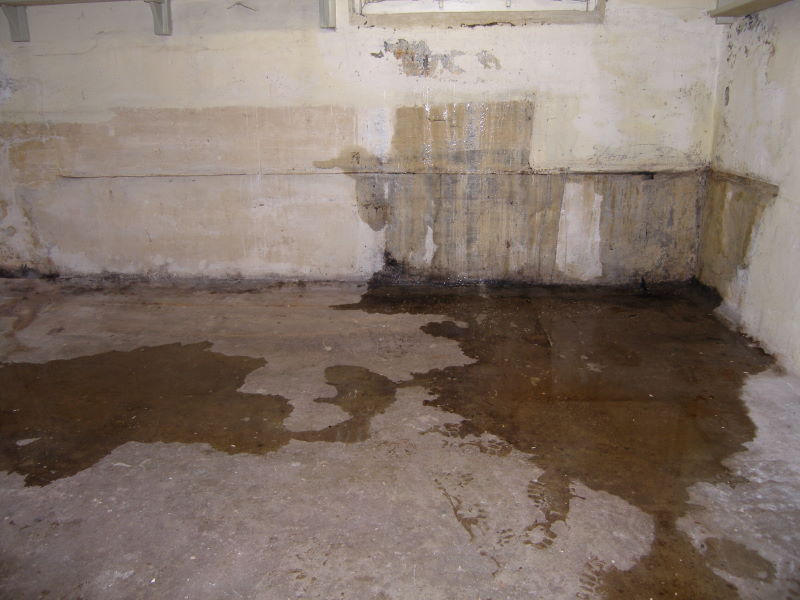The Water percolates down through the top soils until it hits a harder soil, which has peaks and valleys, the water will accumulate in a valley. If that level of earth is pitched in any way, it gets into an artery capillary or vein that runs underground. You see the different colors in the soil. The soil at the top would be your top soil. And then you have a sand and a clay layer.
Digging Foundations Disrupt Soil
Whenever a builder builds a house, he creates a hole. Because the earth has been severed and the layers have been disrupted, the water will pour out all to the bottom. The flowing water will then hit that footer at the basement waterproofing Seattle of the foundation. The water seeks its own level. It’s going to work its way all the way around the house and then accumulate and fill like a pool. Even though the home has been backfilled for 30 or 50 or 100 years, the earth around the foundation is just a loose soil. This earth prior to being dug up has been here since the beginning of time.
Because of the reasons described above, rain water will saturate the soil around the foundation of your house. It will just sit against the walls of your foundation. Water has acid. The acid will break down this original tar. That will eventually introduce the water to the concrete of your foundation. That block is porus. The water is going to start to penetrate inside of the wall. Once the water penetrates through the outer block, it will begin to accumulate within and fill up the hallow core. As the inside of the blocks fill, the water will move from block to block, all the way around the house. That process will eventually create hydrostatic pressure inside of the walls.
Concrete Becomes Soft
Concrete block, and cinder block corrodes over time and becomes soft. How does that happen? Well to make cement, you take a limestone. By cooking and crushing up the limestone, you’re left with a powder or limestone dust. This limestone dust was sold to farmers back in the day because Lyme is a natural neutralizer of acid. These farmers would often apply the lime dust on the soil. The dust would neutralize the acid and cause crops to grow better. When you make cement, you take one part of powder and three parts of common sand.
If you mix that together you get cement, but a very weak cement. However, if you take a third of a third of the lime dust, and add that to the mixture, you’ll get a much stronger mixture that can stand the test of time. The problem lies with the acid in rain water. This acid, over many years, will break down the lime dust and weaken your cement walls. When the lime in cement begins to leak out, that creates the white powder that you often see on older cement walls.
Unfortunately, The more that lime dust leaches out, the weaker the original mixtures becomes. The cement structure becomes soft as it corrodes over the years. Small pinholes begin to form and water begins to make its way inside the home. Eventually the bottom of the walls can become soft too which will cause structural damage to the house.

